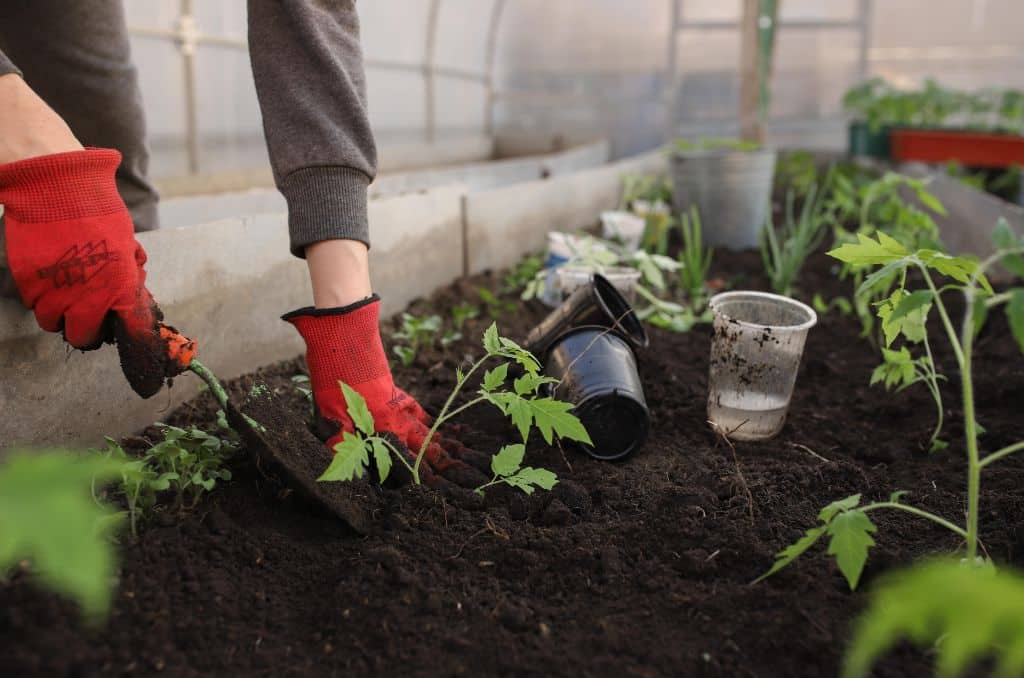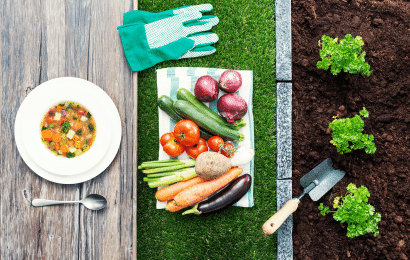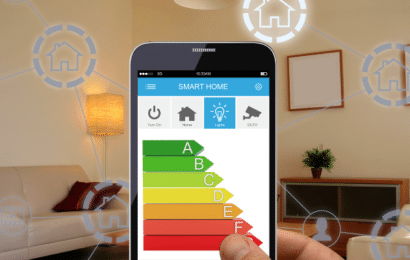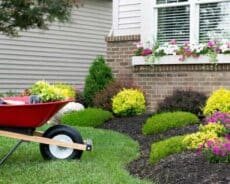Starting a vegetable garden at home is a rewarding and fulfilling endeavor that not only allows you to savor the joys of gardening but also provides a source of fresh, healthy produce right at your doorstep. Whether you have a spacious backyard, a modest balcony, or even just a sunny windowsill, cultivating your own vegetables is a sustainable and satisfying way to connect with nature, reduce your carbon footprint, and embrace a healthier lifestyle. The journey of establishing a vegetable garden is one filled with learning, patience, and the sheer delight of watching tiny seeds transform into lush, bountiful plants.
In this guide, we will walk you through the essential steps, from selecting the right location and preparing the soil to choosing the perfect vegetables for your climate and nurturing them to maturity. Whether you’re a seasoned gardener or a novice with a green thumb just waiting to bloom, embarking on this journey will not only enrich your life with fresh, homegrown produce but also deepen your connection to the natural world that surrounds you. So, roll up your sleeves, dig in the dirt, and let’s get started on the path to creating your very own home vegetable garden.

Steps to Help You Start a Vegetable Garden at Home:
Choose the Right Location:
Begin by selecting a suitable location for your vegetable garden. Look for an area that receives at least 6-8 hours of sunlight per day, as most vegetables thrive in full sun. Ensure the spot has good drainage to prevent waterlogging.
Prepare the Soil:
Test your soil’s pH level to understand its composition. You may need to amend your soil with compost or organic matter to improve its fertility and texture. Loosen the soil to a depth of about 12 inches using a garden fork or tiller.
Plan Your Garden Layout:
Determine the layout of your garden. Consider factors such as the size of your garden, the types of vegetables you want to grow, and their spacing requirements. Raised beds, container gardening, or traditional rows are all viable options depending on your available space.
Select Suitable Vegetables:
Choose vegetables that are well-suited to your climate, taking into account factors like temperature, rainfall, and seasonality. Start with easy-to-grow varieties like tomatoes, peppers, lettuce, and zucchini if you’re a beginner. Plan your planting schedule according to your local frost dates.
Planting:
Follow the instructions on seed packets or plant labels for the correct depth and spacing when planting your chosen vegetables. Transplant seedlings or directly sow seeds into the prepared soil. Water thoroughly after planting, and consider using mulch to conserve moisture and prevent weed growth.
Water and Maintenance:
Consistent watering is essential for vegetable growth. Keep the soil evenly moist but avoid overwatering to prevent diseases. Regularly weed your garden to eliminate competition for nutrients and space. Fertilize as needed, following recommended guidelines for specific vegetables.
Monitor and Harvest:
Keep a watchful eye on your garden for signs of pests, diseases, or nutrient deficiencies. Implement organic pest control methods when necessary, and apply appropriate fertilizers. Harvest your vegetables when they reach their peak ripeness, which varies depending on the type of vegetable. Regular harvesting encourages continuous production.
Also Read: The Benefits of Garden-to-Table Produce
Bottom line:
In conclusion, starting a vegetable garden at home is not just a means of growing your own food; it’s a transformative experience that reconnects you with the rhythms of nature, fosters self-sufficiency, and promotes healthier living. From the satisfaction of nurturing a seedling to the joy of harvesting your first crop, a home vegetable garden offers a multitude of benefits for your well-being and the environment. As you embark on this journey, remember that it’s not just about the end result but the process itself—the therapeutic act of tending to your garden, the sense of accomplishment when you see your plants thrive, and the delight of sharing your homegrown bounty with family and friends. Whether you have a sprawling backyard or just a small corner of your apartment, the act of growing your own vegetables can be tailored to your space and preferences. So, embrace the opportunity to reconnect with the earth, cultivate a deeper understanding of where your food comes from, and savor the delicious rewards of your homegrown produce. Get your hands dirty, nurture your garden, and let it flourish as a testament to your commitment to a greener, healthier, and more sustainable lifestyle.









